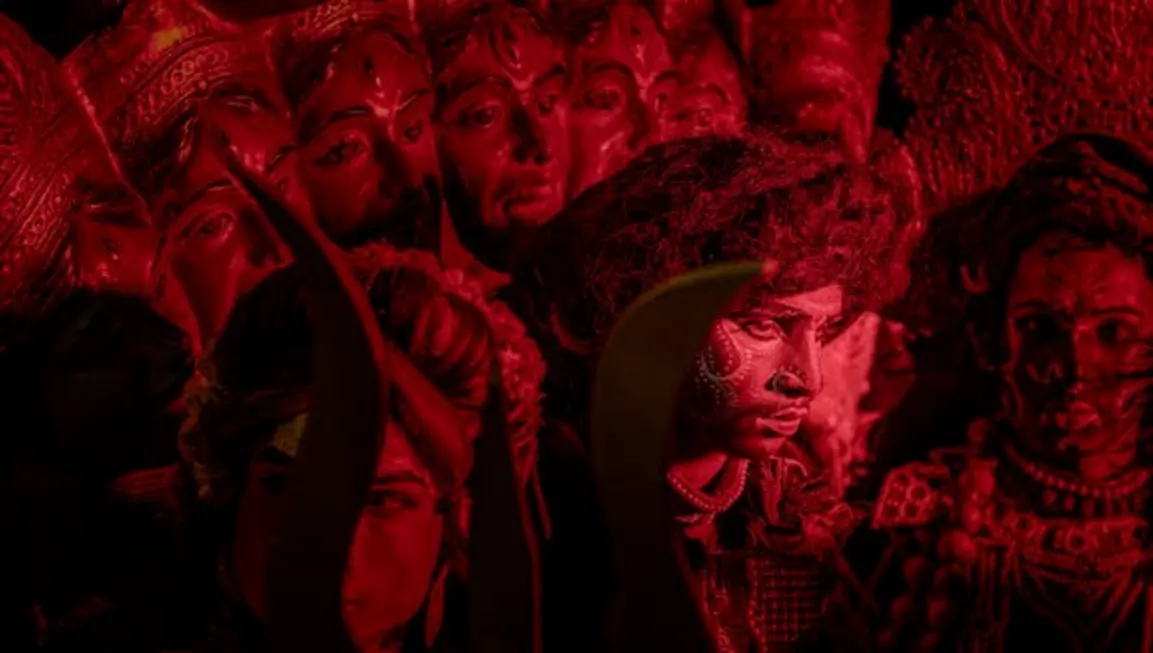
Is the Next Pan-Indian Blockbuster Brewing in an Unlikely Place? Prithviraj Sukumaran Weighs In
Ever wonder where the next big entertainment phenomenon will come from? We’ve seen the rise of pan-Indian cinema, with films from different regional languages captivating audiences across the country. But what if the next *Kantara* – that unexpected, culture-shifting hit – emerges from somewhere completely unexpected? Actor and distributor Prithviraj Sukumaran believes the landscape of Indian cinema is ripe for a major shake-up, and he’s got a fascinating prediction.
Sukumaran, known for his work in films like ‘Sarzameen’ and his role in distributing the phenomenal ‘Kantara’ in Kerala, believes the next pan-Indian sensation could come from a lesser-known industry – perhaps even Odia cinema. This is a bold claim, but as we’ll see, the history of Indian cinema is full of surprises. You’ll discover why Sukumaran’s insight is more than just a guess, and how it highlights the evolving dynamics of storytelling and audience preferences across the country.
The Unexpected Rise of ‘Kantara’: A Case Study in Surprise Success
Before we dive into the future, let’s revisit the ‘Kantara’ phenomenon. Remember when ‘Kantara’ took the nation by storm? The film, initially conceived for a regional Kannada audience, quickly transcended linguistic boundaries. Prithviraj Sukumaran recalls that the film wasn’t even envisioned as a pan-Indian release by its creators. Hombale Films, the production company, initially saw it as a story rooted in the soil (‘namma mannina kathe’) of its Kannada roots.
This initial, more modest expectation is crucial. Imagine the surprise when the film’s raw power resonated with audiences far beyond its intended regional market. Sukumaran’s decision to distribute the original Kannada version in Kerala, a move made because there was no Malayalam version at the time, underscores how much of film’s success was born from a bold decision. He expanded the reach by seeing the potential of the film, and his subsequent request for a Malayalam dub showcases his keen understanding of the changing landscape of Indian cinema. This adaptation further magnified the film’s already massive success.
From Local to Global: How ‘Kantara’ Shattered Expectations
The ‘Kantara’ journey offers valuable lessons. Rishab Shetty, the film’s director and lead actor, wasn’t a household name before the movie’s release. His previous work, though critically acclaimed, hadn’t generated significant box office success. ‘Kantara’ changed everything. Its modest beginnings transformed into cultural and commercial success. Its success highlights that a good, grounded story, well-told, can resonate universally. The film’s ability to cross language barriers proves that Indian storytelling is shifting, moving beyond just the big established industries.
The film’s reach proves that the appetite for regional content that resonates with audiences far exceeds those of its creators. Prithviraj Sukumaran’s insight here is that the next breakout hit might come from an industry currently flying under the radar.
Why Odia or Bhojpuri Cinema Could Be the Next Big Thing
So, why Odia or Bhojpuri cinema? Sukumaran believes that the element of surprise often comes from the most overlooked places. These industries, while smaller and less spotlighted, have their own unique storytelling traditions and dedicated audiences. The same way ‘Kantara’ took us completely by surprise, the next pan-Indian hit could easily come from a place we least expect.
This speaks to a broader trend: as regional content evolves and stretches across formats, smaller industries are poised to become key players in the next phase of pan-Indian storytelling. The ingredients for success are still the same: compelling stories, strong performances, and a deep connection to local culture. The key is to find the next Rishab Shetty or the next ‘Kantara’.
Practical Takeaways for Aspiring Filmmakers
What insights can we draw from this, especially if you’re a filmmaker? Here are a few actionable lessons:
- Focus on authenticity: Tell stories that are rooted in your culture and region. Authenticity resonates. ‘Kantara’s’ success demonstrates it.
- Don’t underestimate your audience: The audience is constantly seeking fresh, original content. They’re willing to explore different languages and cultures if the story is good.
- Embrace collaboration: Explore opportunities to work with distributors and actors outside your primary region, as Sukumaran demonstrated with ‘Kantara’.
- Look beyond the mainstream: Study and analyze the trends in other regional industries. There might be new ways to approach storytelling and new opportunities for creative breakthroughs.
Conclusion
Prithviraj Sukumaran’s prediction about the future of Indian cinema is intriguing. While the landscape evolves rapidly, the success stories of recent years, like the one of ‘Kantara,’ have shown the potential for the unexpected. Will Odia or Bhojpuri cinema produce the next pan-Indian blockbuster? It’s a question we’ll be watching with great interest. Are you ready to discover the next big thing in Indian cinema?